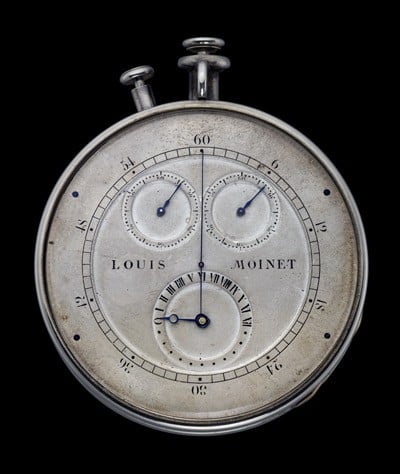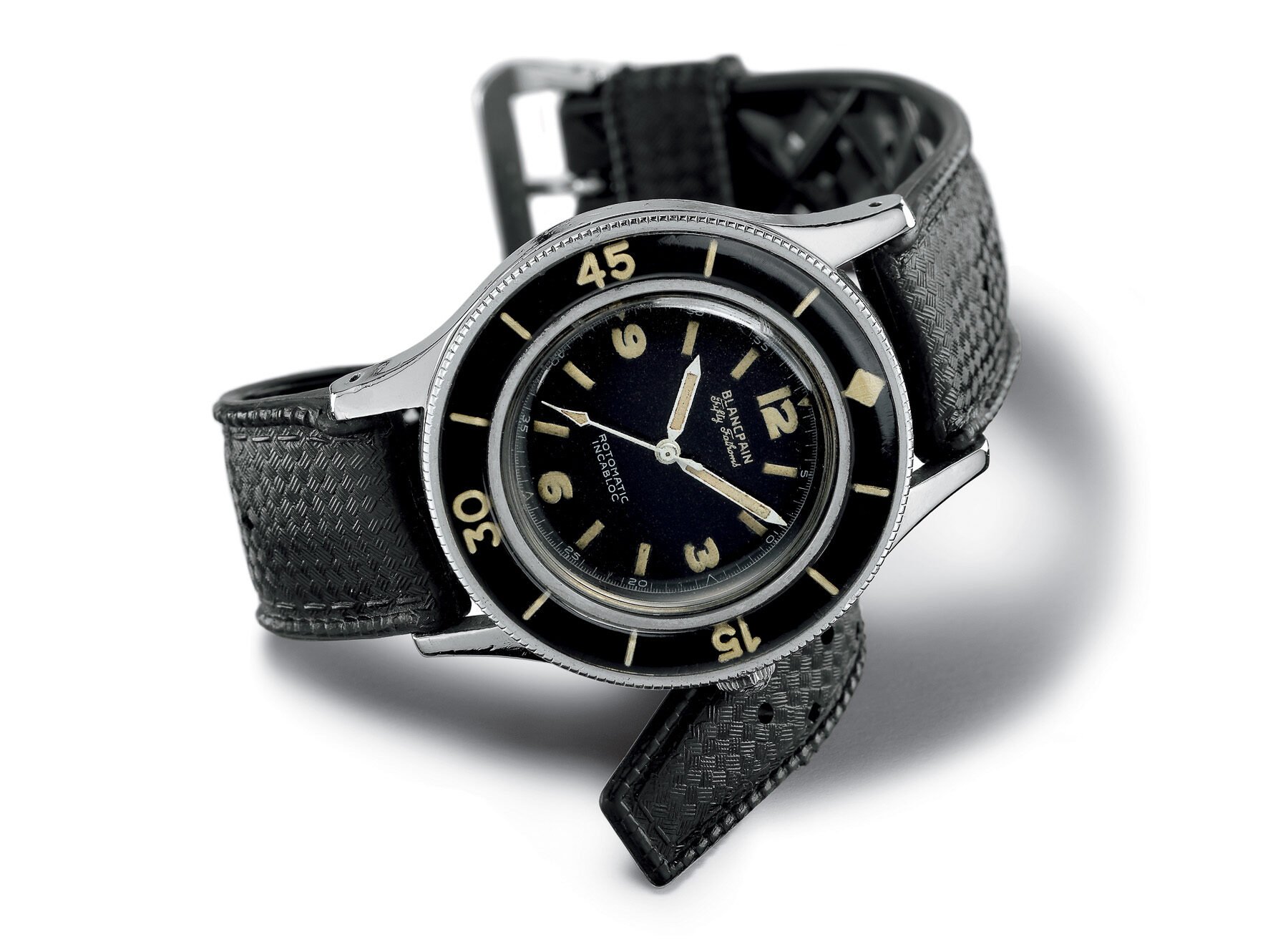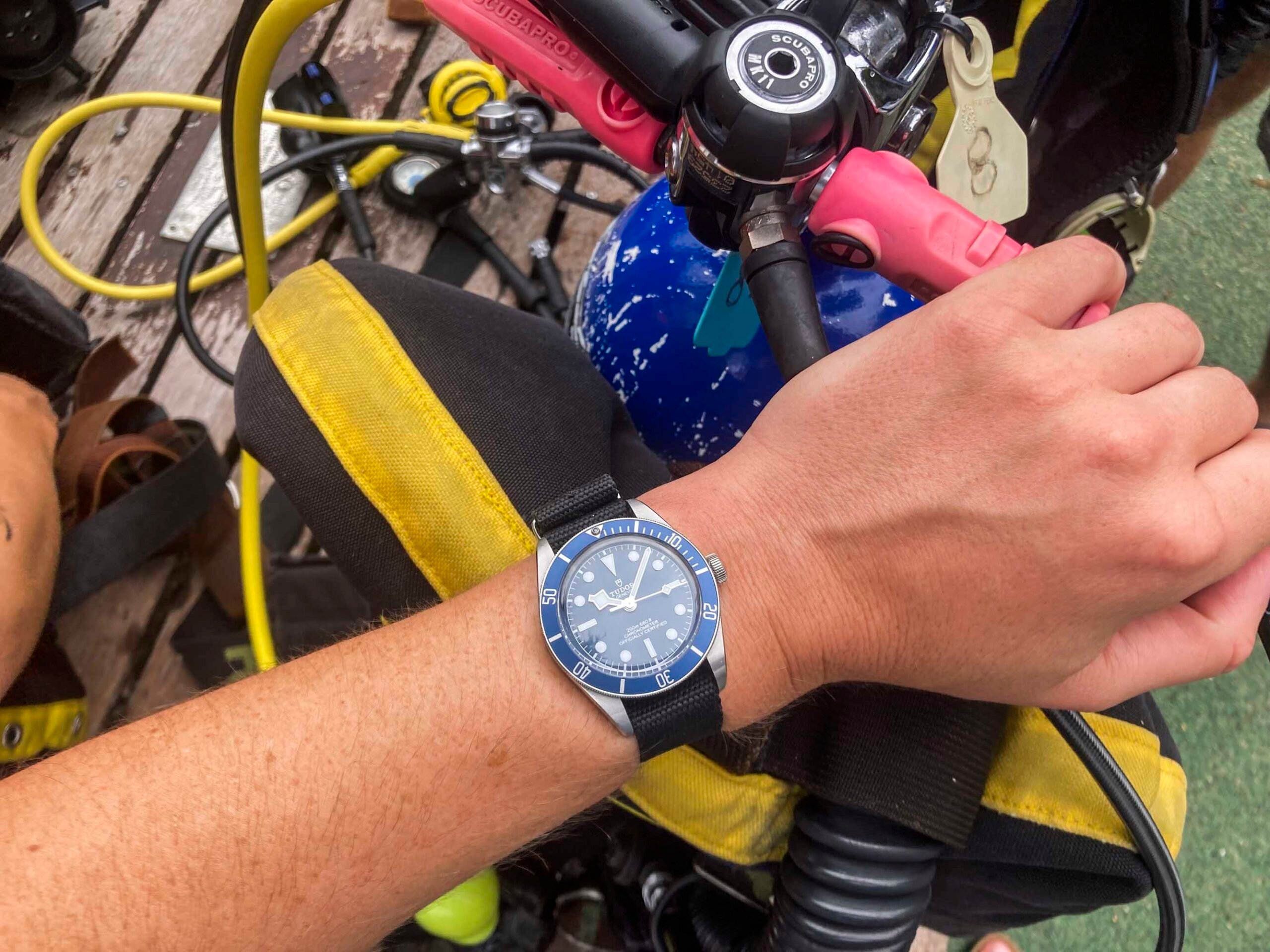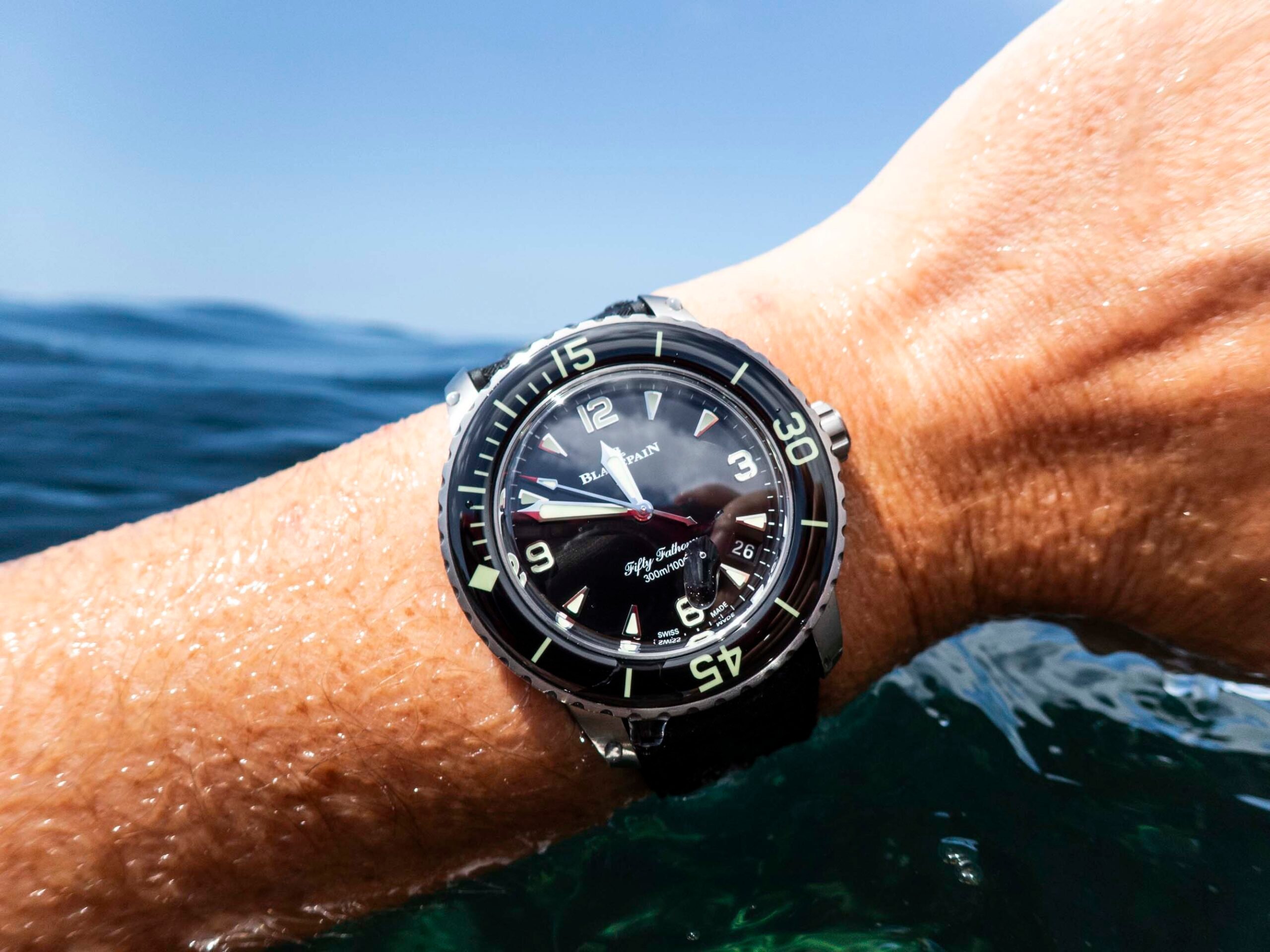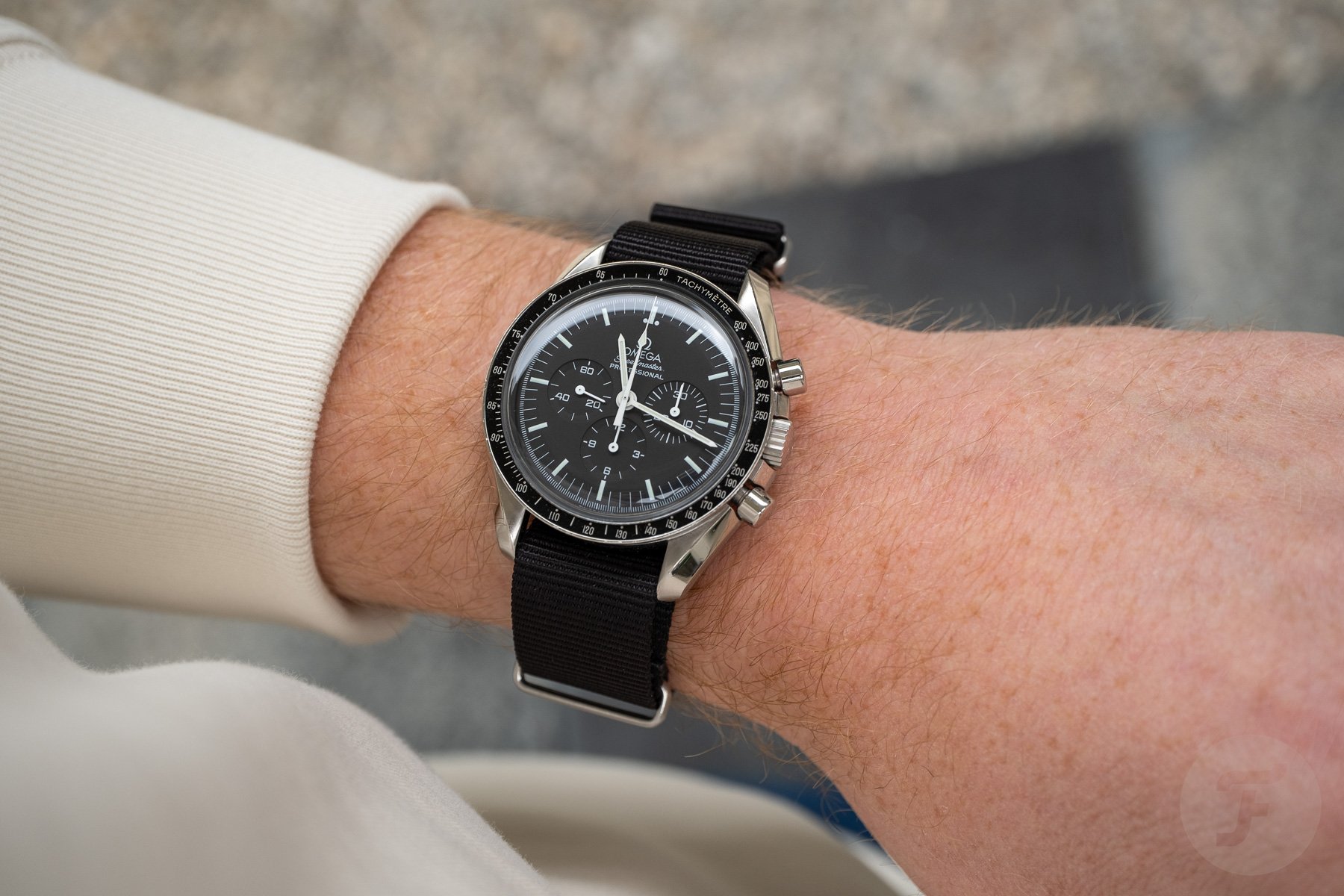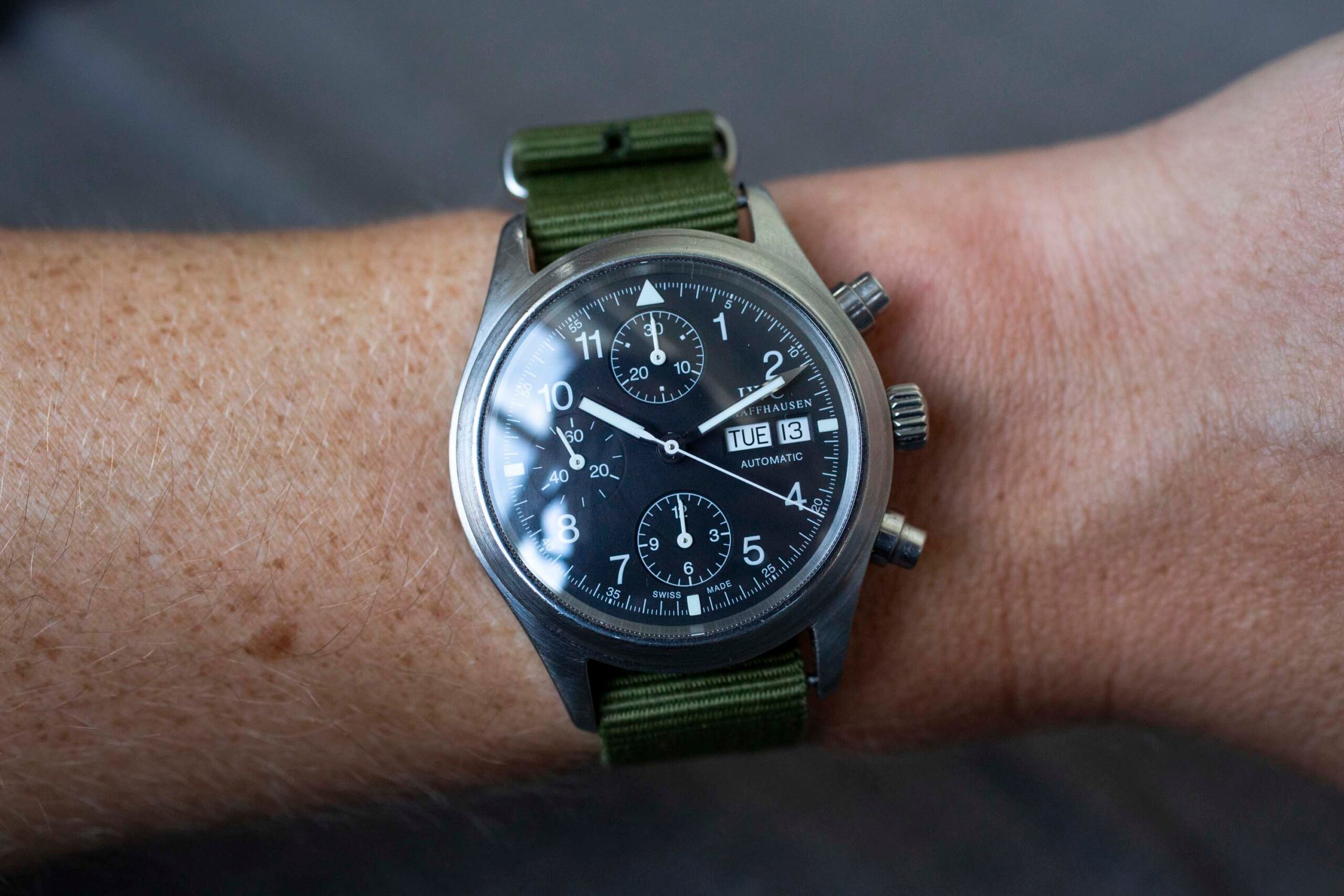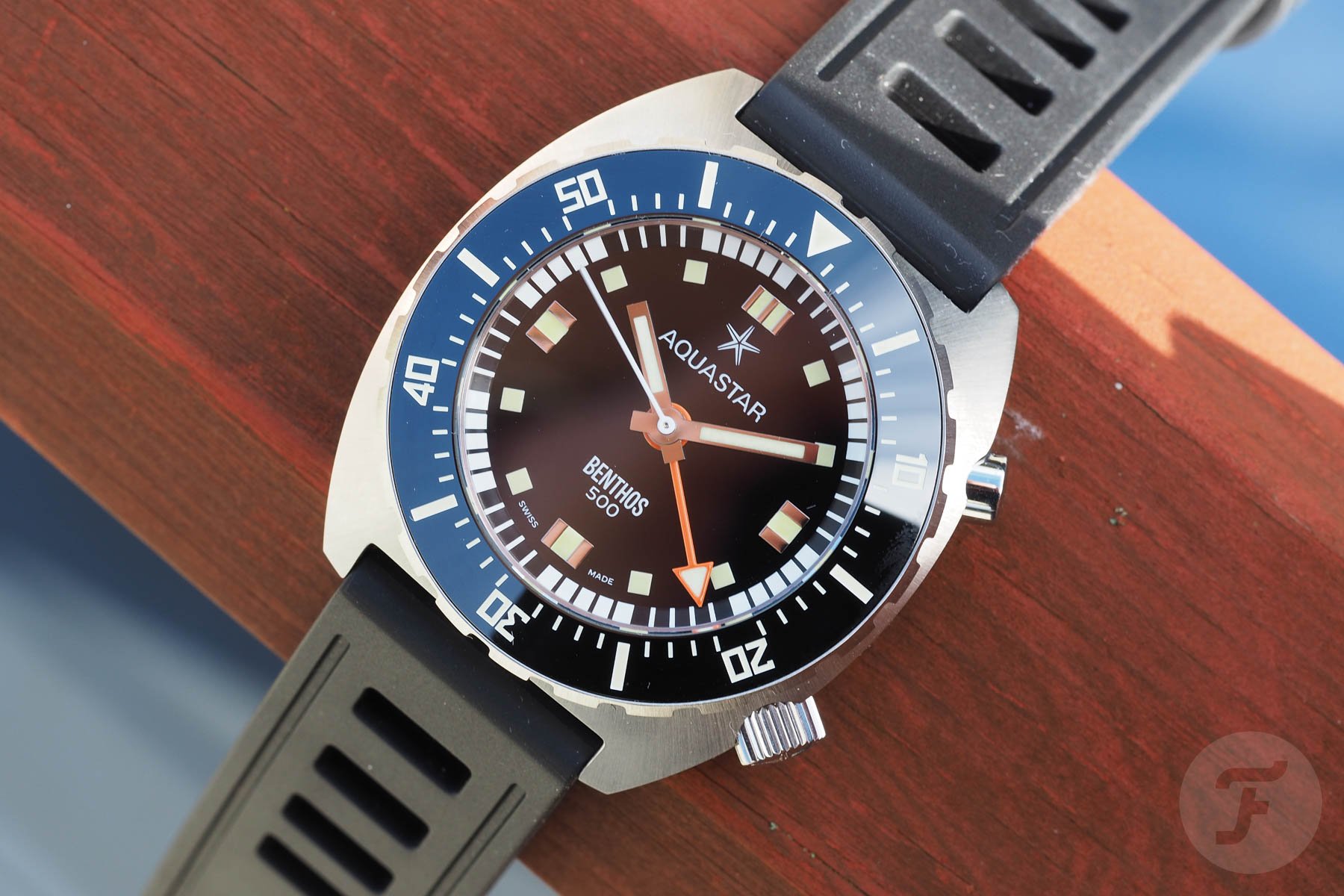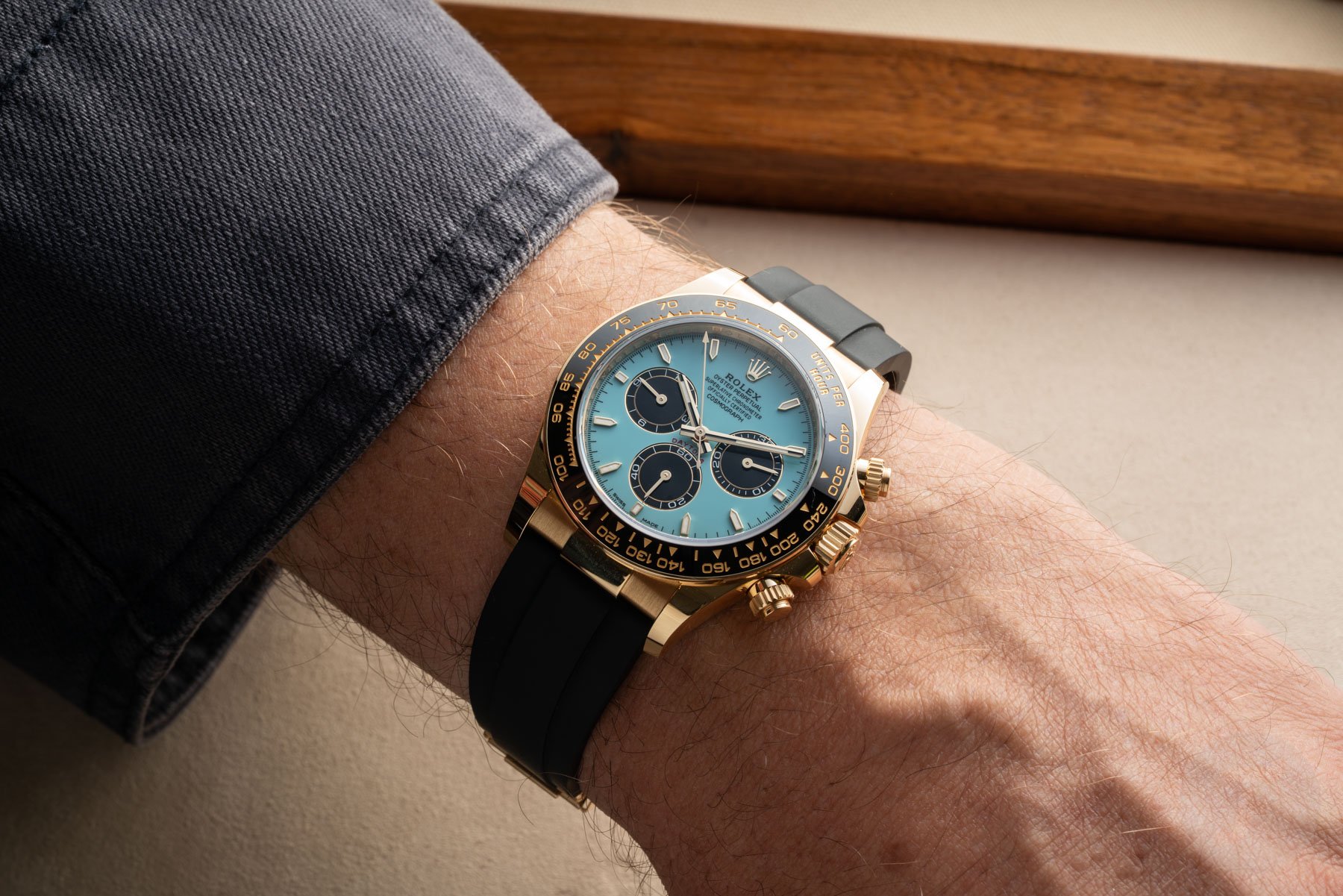The Chronograph Vs. The Dive Bezel — Which One Is For You?
The chronograph and dive bezel are, I would argue, two of the most useful horological “bonuses” available to us watch consumers. Essentially, both do the same thing — measure elapsed time. Technically, there’s much more that each can do, but that is the function they share. The way they measure elapsed time, however, is different, and the design purposes for them are too. Sometimes, there’s even a watch design that incorporates both a dive bezel and a chronograph. Let’s dive in and consider which feature is “better.”
The chronograph and the dive bezel — some context
First, it will be useful to consider a little context about dive bezels and chronographs. The invention of the chronograph is credited to Louis Moinet, who created one in 1816 for tracking astronomical objects. When this remarkable watch was discovered, it upended our understanding of when the chronograph was invented. Louis Moinet’s 1816 Compteur de Tierces was all the more remarkable because it measured time to within 1/60th of a second with a central hand. It also recorded elapsed seconds, minutes, and up to 24 hours on sub-dials. The balance within the watch ticked at 216,000 vibrations per hour, or 30 Hertz, a whole seven and a half times the current industry standard! You can read more about this remarkable timepiece here.
Before the watch’s discovery, it had been assumed that the first chronograph was created in 1862, thanks to a patent lodged by Adolphe Nicole. Although, depending on who you ask, some also credit Nicolas Mathieu Rieussec, who, in 1821, was commissioned by France’s King Louis XVIII to create a device that could time horse races. Rieussec’s solution was a machine that would drop ink onto a rotating dial to indicate how much time had passed. This machine was named the Chronograph after the Greek words chronos (“time”) and graphein (“to write/illustrate”).
The modern chronograph
It was not until much later, however, that the chronograph began to gain popularity. Breitling was a big proponent of chronographs. Founded in 1884, the watchmaker made a name for itself with pocket watches, including ones with chronograph complications. By 1910, the company had produced 100,000 chronographs and stopwatches, and in 1915, Brietling launched its first chronograph wristwatch. Then, 18 years later, Willy Brietling added a dual-pusher complication, with the second pusher for stopping and resetting the chronograph sitting at the 4 o’clock position. Thus, the notion of the chronograph as we understand it today was born.
In 1969, a collaborative effort by a group of watch companies, including Breitling, produced one of the first automatic chronograph calibers, the Chronomatic Caliber 11. Zenith and Seiko also released automatic chronographs of their own that year, and the function has remained popular ever since.
The dive bezel
The dive bezel was a comparatively more recent development than the chronograph. As early as the 1930s, some watches already had rotating bezels. Multiple brands adopted them, like Longines with its Weems watch. In fact, Rolex put a rotating bezel on its Zerographe during that decade as well. However, the first truly purpose-built diving watches to feature rotating bezels debuted in 1953 with the Blancpain Fifty Fathoms and Rolex Submariner. These incorporated a simple and ingenious means of measuring elapsed time in a highly readable manner. This was to provide a diver with the ability to mark elapsed time and measure that against the estimated air remaining in his scuba tank. It could also be used (with the ongoing development of the sport) to avoid decompression sickness, or “the bends.”
The dive bezel, over time, would develop additional features. One of the most important would be a safety mechanism to allow such bezels to only move in one direction. This would prevent them from displaying a shorter elapsed time if knocked accidentally and allow divers to safely estimate the air left in their tanks. The materials used in dive bezels would also shift over time to increasingly durable options. The adventure-inspiring qualities of diving and dive watches have become so popular that such timepieces are usually the default for someone’s first sports watch. I can happily admit that the first secondhand watch and the first Swiss watch I purchased were both dive watches. My secondhand watch was a Seiko 7002 from the 1990s, and my first Swiss watch was a Doxa Sub 200.
Why a dive bezel is better for me
I prefer a dive bezel over a chronograph function. Sure, chronographs can measure not only elapsed minutes but also elapsed seconds and, sometimes, hours, so they can be more useful. Admittedly, it’s much harder to accurately measure elapsed seconds with a dive bezel. However, the fact that I prefer a dive bezel has much to do with the implications this has on the watch as a whole.
You see, many chronographs are quite thick, with a profile of 14mm or more being anything but uncommon. While there are plenty of dive watches that also share that thickness, it’s easier to find a svelte option simply because the movement ticking inside has fewer complications to house. In other words, it’s easier to find dive watches with better ergonomics (for a smaller wrist) than mechanical chronographs (even if the Rolex Daytona and manual-winding Omega chronongraphs do manage to stay relatively slim).
It’s not you, it’s me
Don’t get me wrong; I can truly appreciate a chronograph. I own one, a neo-vintage IWC 3706. This is a fantastic watch with a 39mm case and a thickness in excess of 14mm. Regardless, it still wears quite well, and I do enjoy strapping it to my wrist from time to time. But I just don’t find myself using it nearly as much as a dive watch with a dive bezel.
This also comes down to the simple fact that I live a fairly aquatic existence. I enjoy spending time in the ocean. Chances are you’ll be able to find watches that have a chronograph function with great water resistance, but it’s harder to find ones that allow you to use the pushers while the watch is submerged. This is where specific dive chronographs truly fascinate me. I am particularly interested in the Aquastar Benthos 500 Chronograph, which offers a chronograph with a pusher that’s safe to use underwater and a dive bezel.
Concluding thoughts
In the end, I think whether a chronograph or dive bezel is “better” just boils down to personal taste. There are many collectors out there who swear by a chronograph. In fact, some of my best friends in the watch community are primarily chronograph collectors and see the chronograph as the king of complications in horology (in an everyday sense). I’ll stick with my natural leanings, which are firmly with three-hand dive watches, and be on my way. But what do you think, Fratelli? Do you veer toward chronographs or dive watches, and if you prefer one or the other, why?
Let me know in the comments, and leave your vote in the poll on the Instagram post below:
View this post on Instagram

